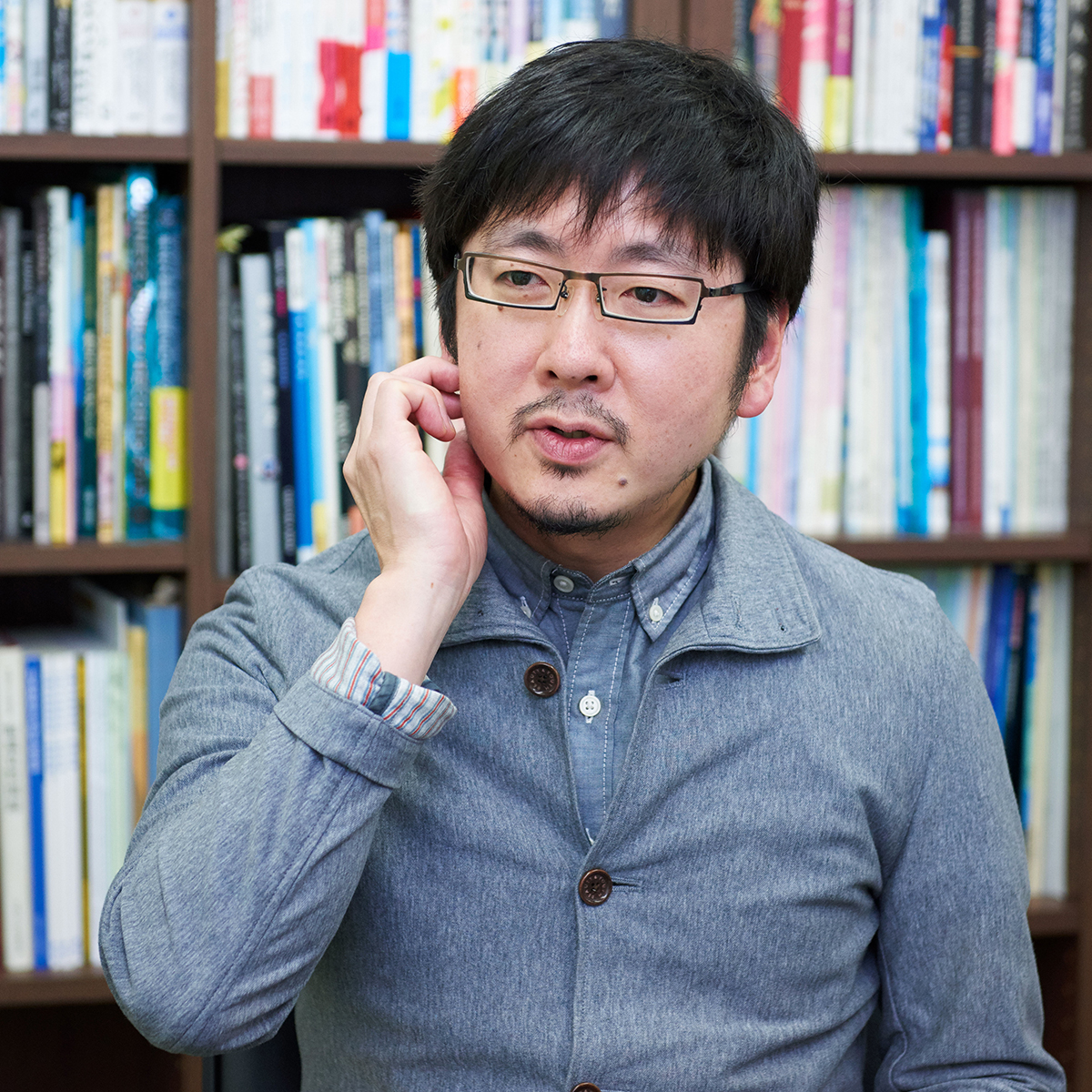Prioritizing native speakers’ point of view, even in production work
What are some important aspects of your coordination work with clients?
That would be listening carefully at the start of a project, and then following up on the technical aspects. For less common languages, we need to verify the style settings used within Illustrator or InDesign, as well as information such as data specifications, when submitting a manuscript for printing overseas. This is also something we can achieve thanks to the multilingual DTP know-how that our company has cultivated over many years.
What kind of aspects do you have to keep in mind when working with multilingual DTP?
Each language has different typesetting rules, and there are various style trends. DTP applications also regularly get updated, so we need to understand their specifications to implement them. With special languages, setting the wrong font or style might lead to errors in the data of the manuscript to be submitted. Besides this, it is impossible to determine whether the typesetting used is appropriate for a language simply by inserting the text. To solve this problem, we need to combine the fields of text and design, working with both translators and designers until we achieve the final result. It’s a step-by-step process, but there’s a real sense of working as a team.
So that means that translation coordinators also need expertise in editing and production!
Translation coordinators work at the hub between the client and the in-house and external staff. I think that the essence of their work is to first envision things according to the client’s requests, and then develop a system to implement it that provides the most suitable solution. In order to do that, they need to maintain a firm grasp of the situation even whilst multitasking, and to design a road map for things like effective staff allocation. So they do need knowledge in editing and production, but it is also essential for them to have good communication and comprehensive management skills to oversee the progression of a project. I believe that they are expected to have both organizational and editing abilities.
And you work on a wide variety of projects, right?
Yes, I do. For example, annual reports are very important documents that present the client’s annual results and performance to the outside world. In recent years, companies have been expected to develop activities that comply with the Sustainable Development Goals (SDGs), and the content of reports is changing to include Environmental, Social and Governance (ESG) criteria. To create foreign-language versions of such documents, we are expected to closely analyze the kind of content that the client is aiming for, and then constantly check in with them. Our goal is to really understand the nature of a company’s annual report in order to enhance their corporate values through translation. Although there’s been a trend of using artificial intelligence (AI) and machine translation in recent years, I think it will take a while before they can really venture into the realm of interpreting subtle messages and expressions. The industries with which we work vary greatly, and a certain amount of preparation time is needed to gather information about their characteristics in advance, but we also think of this as a valuable opportunity to learn about trends within these industries.
Other projects that we handle include academic papers and annual reports such as the “East Asian Strategic Review” from the Ministry of Defense’s National Institute for Defense Studies. Since it mentions security and defense policies from Japan and other countries, we are working together with translators who are familiar with the related terminology and about current affairs and the global situation.
Lately we have also been receiving many requests to produce multilingual versions of disaster prevention and mitigation hazard maps for prefectural governments. It is important to convey the information in a concise manner that is easy to understand for foreign residents in Japan. Production-wise, these documents often contain detailed layouts with maps or different warning level indications, for which we sometimes use our very own script tools.
It is a real pleasure for us to be able, through our translations, to support communication on urgent defense and security matters, as well as disaster information and other measures that are so important to society. With our client-first philosophy in mind, we are improving and expanding our editorial system every day in order to deal with all kinds of requests.
